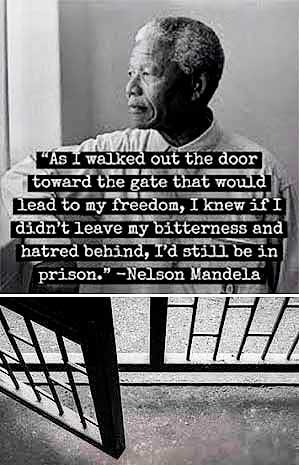The bottom line is that there have been some improvements since the last time we did Season of Creation. The increase in emissions has been reduced. People and enterprises are taking this subject seriously The need for reduction in emissions has been addressed by countries, companies and many levels of government
At the moment we’re heading for a temperature rise of 2.7 celsius by the
end of the century assuming countries make good on their promises. Progress in reducing emissions doesn’t mean we can relax time is running out if we’re to avoid the worst
effects of climate change. 2.7 is much worse than 1.1 now and the 1.5 goal made in 2015 in Paris.
Our goal is a Net Zero position by 2050. Net zero refers to the balance between the amount of greenhouse gas (GHG) that’s produced and the amount that’s removed from the atmosphere. We have a long way to go by 2050 to get to our goals where we are balanced – Net Zero.
1 The rate of increase in emissions has slowed somewhat since 2005
From C2es.org “ We estimate that U.S. net greenhouse emissions are now 17 percent below 2005 levels in 2021. Electric power sector emissions have fallen nearly 36 percent (2005 – 2021) as a result of a shift from coal to natural gas, increased use of renewable energy and leveling of electricity demand Transportation sector emissions fell almost 9 percent, while industrial sector emissions fell by a little more than 4 percent over the same period.”
Along the way, the US will achieve a 29-42% reduction in GHGs in 2030—a meaningful departure from previous years’ expectations for the US emissions trajectory but not enough for the US to meet its pledge under the Paris Agreement to reduce emissions by 50-52% below 2005 levels by 2030.
In the real world, global coal use has been flat, if not slightly declining since 2014.
Clean energy costs have fallen dramatically, solar is 90% cheaper in the last decade.
Wind is 66% cheaper, batteries are 90% cheaper. Electric vehicles are about 14% of new vehicle sales globally now, and upwards of 20% in places like China and Europe
Some global issues such as deforestation is looking better in the US. Deforestation? Actually the size of America’s forests has been basically stable since 1910 – Despite the fact that the country’s population has tripled since then. Wildlife extinctions? 99% of the species placed under the protection of the Endangered Species Act have been saved,
though there’s still more work to do to get them off the endangered species list entirely.
Climate change?
2. 45 countries in the world including the United States the UK and most western democracies are in fact cutting their emissions or are planning to do so
US 100 percent clean power by 2035 and slashing 2005 climate pollution levels in half by 2030. America has actually cut its total amount of carbon emissions more than any other country in recent years.
As of 2022, about 75% of global emissions are covered by countries that have committed,
at least on paper, to get to net zero emissions by the middle to late 21st century, and that includes countries like China and India, Japan, South Korea, Brazil, as well as of course, the U.S., the EU, and others.
America’s air quality has dramatically improved in recent decades. Since 1980, carbon monoxide emissions decreased 75%, lead went down 99%, nitrogen oxides went down 72%, and sulfur dioxide went down by 93%. The result: air so much cleaner that research suggests it may have actually extended our life expectancy.
3. Disclosures from companies
In March,2022 the Securities and Exchange Commission (SEC) released a statement outlining proposed rules that would require publicly-held companies to provide climate risk data and greenhouse gas emissions to regulators and investors. Companies would also be responsible for reporting annually on progress toward their targets
Example – Alphabet (Google)
Alphabet is the world’s largest corporate buyer of renewable energy, which includes
more than 50 projects totaling 5.5 GW of renewable energy projects under contract
worldwide. This accounts for an annual deficit of approximately five million tons of
carbon dioxide in the atmosphere. By 2030, Alphabet plans to become the first major company to operate full-time on carbon-free energy. It plans to do so by continuing to invest in renewable energy generation and storage technologies that can also benefit other businesses
4. Virginia
Virginia Clean Economy Act, mandates that Dominion Energy, switch to renewable energy by 2045. Appalachian Power, which serves southwest Virginia, must go carbon-free by 2050.
Almost all the state’s coal plants will have to shut down by the end of 2024 under the new law.
Fredericksburg – In 2019, City Council passed the 100% Renewable Energy Resolution, which committed the City of Fredericksburg to have 100% renewable energy power municipal operations by 2035
5. Climate change is being included in budgets. You need to allocate resources
The Oslo Norway Climate Budget, was put forward for the first time in 2016. A climate budget is a governance tool. It structures and organizes how we can get from climate target policies and words to action and results. It also makes all parts of the administration in Oslo a stakeholder to the climate goals. Our climate budget, which is measured in tons of CO2 emissions, is fully integrated in the municipal budget.
6. Consultants
Climate Ready America is a proposal for a nationwide system of climate support services to help communities do their part to address climate change. It creates a civic infrastructure that will partner with the federal government to leverage and support the climate mitigation and adaptation programs of federal agencies and other organizations, helping those tools reach the ground.
Project Drawdown – Drawdown refers to the future point in time when levels of greenhouse gas concentrations in the atmosphere stop climbing and starts to decline. This is also a company in San Francisco. Central to the project is the compilation of a list of the “most substantive solutions to global warming.” The list of 100, which encompasses only technologically viable existing solutions, was compiled by a team of more than 200 scholars, scientists, policymakers, business leaders, and activists and is now online.
7. Laws
Inflation Reduction Act – The IRA directs nearly $400 billion in federal funding to clean energy, with the goal of substantially lowering the nation’s carbon emissions by the end of this decade.1 The funds will be delivered through a mix of tax incentives, grants, and loan guarantees. Clean electricity and transmission command the biggest slice, followed by clean transportation, including electric-vehicle (EV) incentives. It could lower U.S greenhouse gas emissions from 30 to 40 percent by
2030
8. Human adaptation to climate change. At the current rate of warming, human adaptation has actually been working out pretty well so far. In fact, according to WMO, over the last 50 years, the number of disasters globally has increased by around 400%, while the number of deaths has fallen by two thirds.
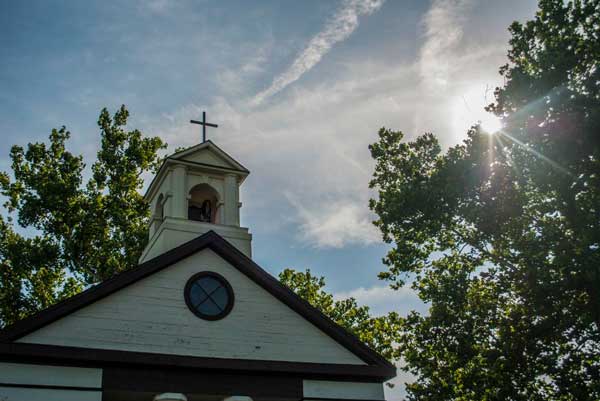



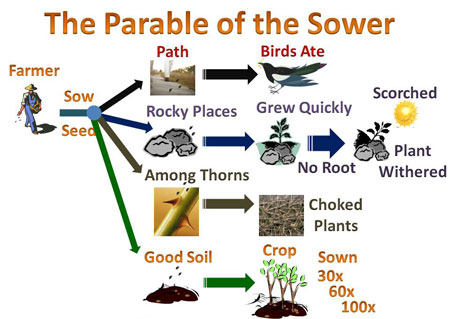

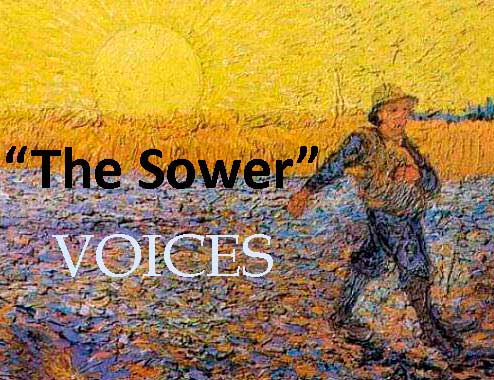
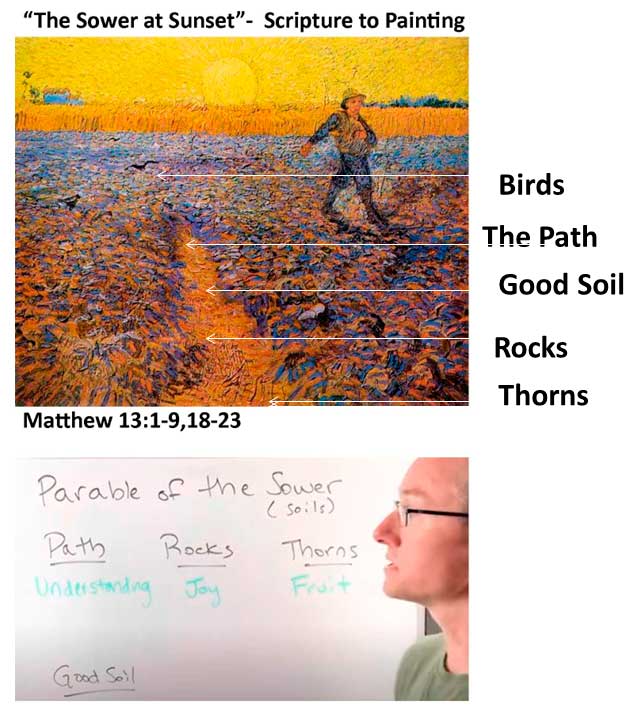
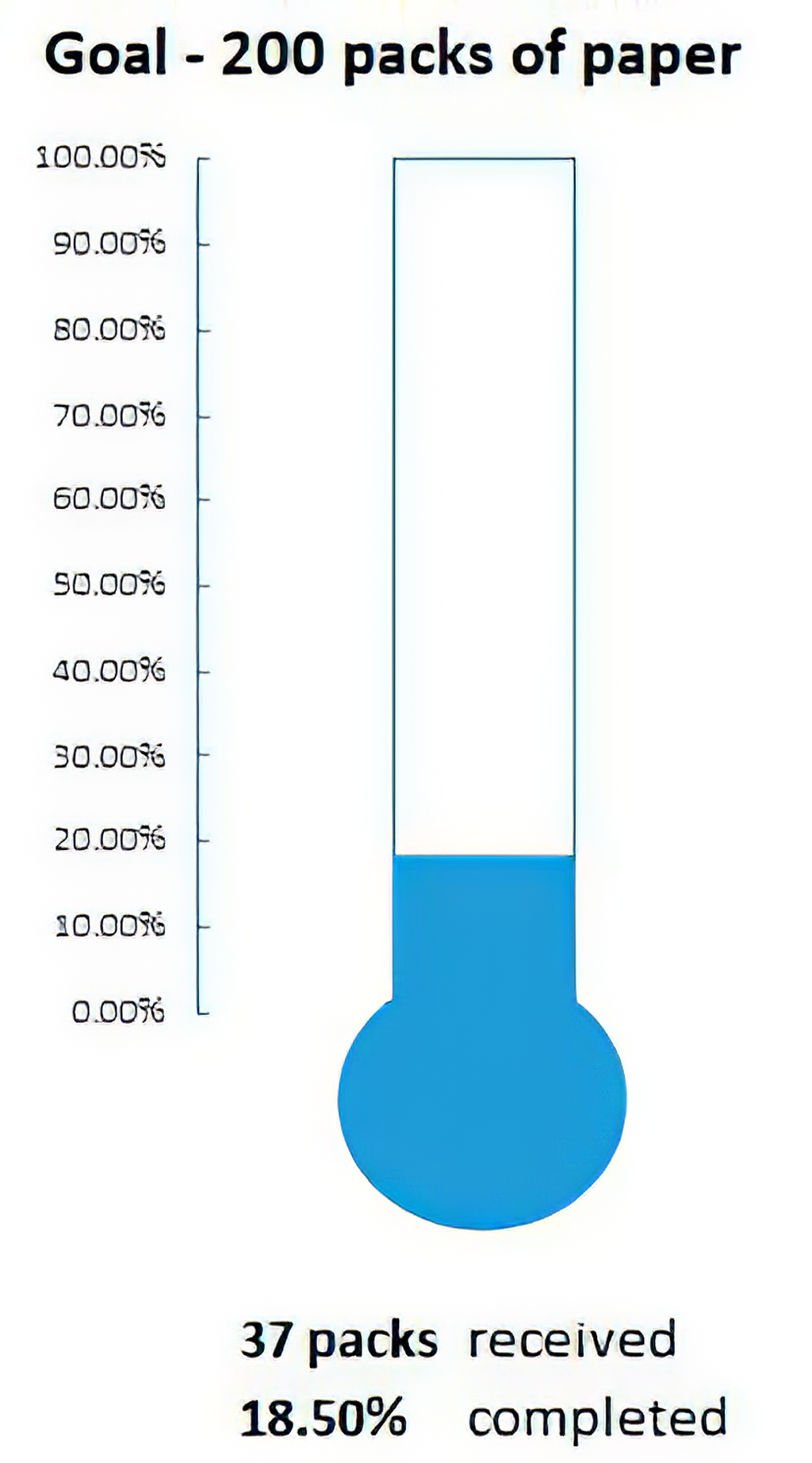

 Beginning on Pentecost 2, we enter the Church year known as Ordinary Time. After Easter, Jesus’s ascension into heaven, and the coming of the Holy Spirit to us at Pentecost, we accept responsibility for being and becoming Christ’s body in the world. We are called by Jesus to live in community, our lives together guided not only by the example of Jesus, but by the guidance of the Holy Spirit.
Beginning on Pentecost 2, we enter the Church year known as Ordinary Time. After Easter, Jesus’s ascension into heaven, and the coming of the Holy Spirit to us at Pentecost, we accept responsibility for being and becoming Christ’s body in the world. We are called by Jesus to live in community, our lives together guided not only by the example of Jesus, but by the guidance of the Holy Spirit. 